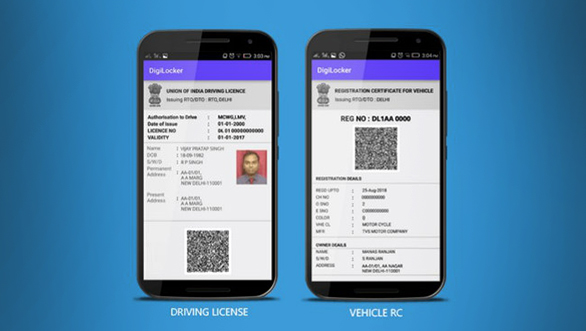Fiat, of late, has launched a string of exciting new cars in India. Things took off smartly with the 147hp Abarth Punto, the Avventura powered by Abarth then got a 142hp engine and Fiat has now rounded off the range by upping the power of its Linea to 125hp. Known as the 125 S, the new Linea is now the most powerful car in its class. And it's not just the power; the Linea also gets an all-new touchscreen as well as several other updates under the skin. Question is, how much better have these updates made it? And can it take on the best cars in its class and win?
The main competition it faces comes in the form of the Honda City. With its rev-happy engine, big cabin and strong performance, it has always been a favourite. And then there's the Verna that comes powered by the largest-capacity engine of the lot. It's attractive looking, the engine has plenty of pulling power and the car is reasonably well equipped too.
So, what are we looking for in these cars? Well, to begin with, they are obviously expected to transport their occupants from point A to B in comfort, that's the basic ask. But with over 120hp and manual transmissions, these petrol sedans can also satisfy owners who enjoy driving. So, which is the best car, and which is the nicest to drive?
What are they like to drive?
The Linea T-Jet was already a powerful car, with 114hp from its turbo motor, but Fiat has decided to boost its power to 125hp. This is a welcome change as this increased 11hp has made this car effortless to drive, both in the city as well as on the highway. The added power makes its presence felt in the Linea almost immediately. The car shoots off the line as soon as you spin the engine past 2,000rpm, there's a lusty tug every time you hit the throttle and the spread of power is so good, it feels like it has plenty of punch in reserve at almost any given engine speed. There is a bit of a dead zone from 1,000 to 2,000rpm, before the turbo or turbine starts blowing hard, but once you are past that speed, the spread of power is smooth and strong, and this makes the Linea an absolute pleasure to drive. You can be in the wrong gear at the wrong speed, but put your foot down and the Fiat will sort out your demand for power in a jiffy. The only two real anomalies in the Linea are its long-throw five-speed gearbox that needs a bit of shoulder work, and the long-travel clutch, which take away from the overall driving experience a bit.

In terms of flat-out performance, the Fiat 'feels' like it is the fastest car here, but it's the City that is actually the quickest car from 0-100kph; it takes a mere 10.1 seconds. The 125 S and Verna take 10.8 and a much slower 11.4 seconds, respectively.
This is a bit strange as the Verna has the largest-capacity engine of the three, displacing 1.6 litres and it is a very powerful unit as well, putting out 123hp. What gets it off to a good start is that the controls are nice and light to operate, and there is zero delay when you put your foot down on the throttle. Power delivery is instant and strong; press down harder and the car keeps pulling and pulling. This feels wonderful, especially as the effort you put in is so little. The Verna doesn't pull as strongly at medium engine speeds as the Fiat and it feels strained past 5,000rpm. But even as things are, the Hyundai is almost perfect for driving briskly in the city and maintaining high speeds on the highway.



























































